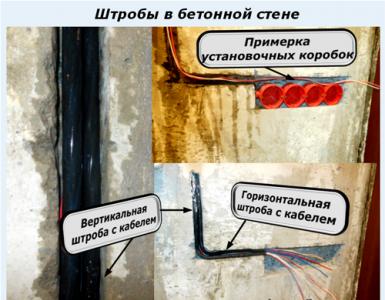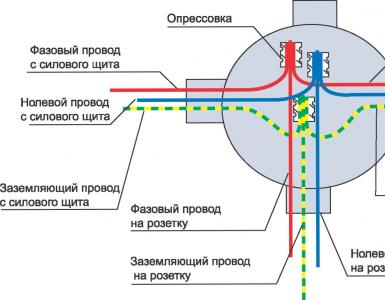What should be the humidity in the room: normal
"The most important thing is the weather in the house," the famous singer sang. But it really is. An optimal microclimate will protect you from many diseases, while a violation of the balance of temperature and humidity is fraught with consequences.
But if everything is more or less clear with the temperature, almost every house has a wall thermometer that records its changes, then what should be the normal humidity in the room (the norm and tolerances), as well as how to measure it, not everyone knows. Today we want to pay attention to this issue so that each of you has perfect weather in the house.
What to aim for
Indeed, what should be the humidity in the room? The norm is an established corridor, which may be slightly higher or lower, but too much discrepancy threatens to worsen your well-being. Nowadays, they finally began to pay attention to this important indicator, put taps on battery radiators, and also buy special devices that help normalize the microclimate. The reason is clear, people react badly to changes in the microclimate and seek to neutralize this factor. What should be guided by, speaking about the humidity of the air in the room? The norm is about 45%, and this indicator should be strived for. 
Let's define terminology
There are several concepts that are directly related to the topic of our article. This is the relative and absolute humidity of the air in the room. The norm in this case is a value that characterizes the presence of water vapor in the air. This is a fundamental characteristic of a healthy microclimate. That is, while we are talking about the absolute value. However, we are more interested in the relative humidity of the air. What does it mean? This is the ratio of the amount of water vapor in the air to the maximum possible amount at a given temperature. Now it’s a little clear what we mean when we talk about indoor air humidity. The norm varies greatly depending on what functional load lies on a given room. 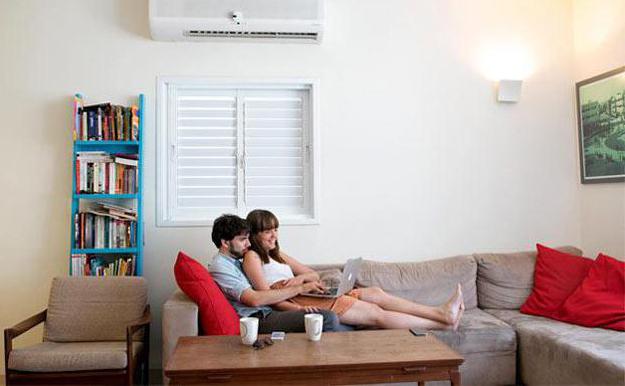
Regulated parameter
We are practically not interested in absolute humidity. Always, speaking about normal living conditions, we mean the ratio of temperature and humidity. Any person working in the health or safety industry will tell you that indoor relative humidity is a value that will not be the same for different buildings and rooms. In particular, six categories of premises are distinguished, depending on their purpose and features of operation. It should be noted that relative humidity is usually divided into optimal and permissible.
The standards we operate with
For the most part, we are interested in the humidity of the air in a residential area. The norm in this case is 45%. Although this figure is not the optimal indicator, but such a ratio of humidity does not threaten with complications for your health. Let's talk a little more about norms and standards.
So, depending on the saturation with water vapor, the air in the room can be dry, up to 55%. Moderately dry air is considered to be air with a relative humidity of 56% to 70%. At a percentage of 71% to 85%, the air is considered moderately humid. Finally, over 86% is very humid air.
So, in an office or residential area, it is necessary to maintain humidity from 45% to 50%. This is at least enough to not experience discomfort. These are the lowest indicators, the air humidity in the production room should be higher. The norm here differs depending on the specifics of production.
Take, for example, the tobacco industry. To store tobacco, it is necessary to maintain indicators from 65% to 80%, and if we take the production of cigarettes, then it is desirable to reduce air humidity to 55%. The printing industry is also sensitive to these indicators. For printing shops and paper warehouses, the optimal rate is from 50% to 60%. If we take woodworking shops, then the figures will be even lower, no more than 55%. Approximately the same figures must be maintained in the shops engaged in the textile industry. For a bakery, a room with a higher temperature - about 40 degrees, as well as a humidity of about 75% - is suitable. But greenhouses, which are created for growing tulips and mushrooms, require these figures to be raised to 95%. 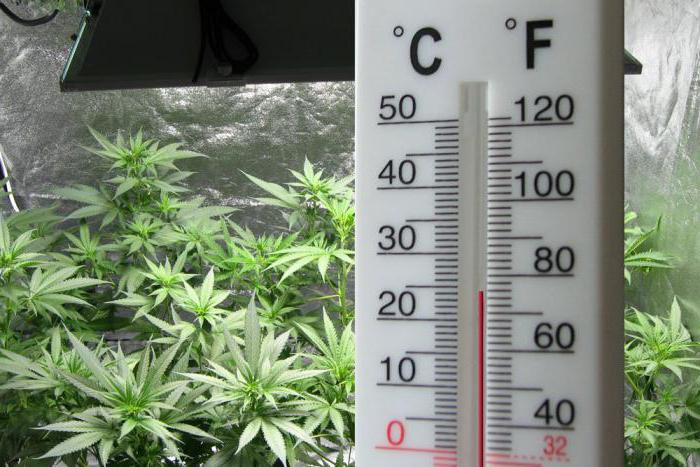
The consequences of deviating from the norm
In fact, it was not in vain that we decided today to talk about indoor air humidity. The SNIP norm was developed not just like that, but in order to protect human health as much as possible. Doctors know that this indicator is very important. Any deviation from the norm will affect your health. If the air is very dry, this causes increased evaporation of moisture from the skin, plants and furniture. As a result, the skin becomes dry, the signs of aging appear much earlier, and the hair becomes brittle and dull. As the skin ages rapidly and loses its elasticity, metabolism is disrupted. Dry nasal mucosa is the cause of frequent acute respiratory infections and runny noses. Therefore, if you notice one or more symptoms in yourself, then be sure to take care to increase the humidity in the room where you spend a lot of time. 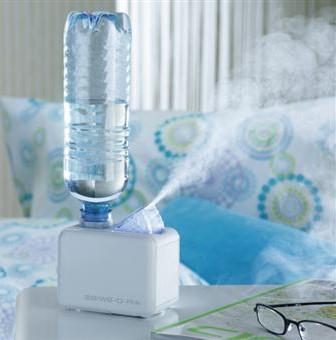
High room humidity
Setting standards for indoor air humidity, SANPIN also notes the inadmissibility of too high values. First of all, this is fraught with the fact that a humid environment promotes the growth of mold fungi and pathogens that cause various diseases. At high air temperatures, high humidity contributes to overheating of the body, and at low temperatures - hypothermia. Although if we consider rooms with central heating, then it is better to over-moisten than over-dry.
Our home is our castle
We spend a lot of time at home, so it is very important that ideal conditions for life are created here. Do not forget that SANPIN prescribes indoor air humidity standards relative to the room temperature. As we have said, relative humidity should be between 40% and 60% at an air temperature of 22-24 degrees.
If condensate begins to fall out and collect in drops, it means that the maximum allowable humidity has been reached. Usually we can observe such a phenomenon at the border of the heating seasons. The included radiators, electric stoves and air conditioners dry the air very much, and in the high season the humidity in apartments is usually lower than in the Sahara desert. Houseplants are the first to feel the dryness of the air. They begin to dry and fall off the leaves. Then all households, and especially small children, begin to notice its effect on themselves. 
Baby at home
With the advent of crumbs, parents immediately add anxiety. The heat exchange of the baby is still so imperfect that any airing is perceived by young mothers with hostility. In fact, in vain, because fresh air and compliance with normal temperature conditions are the key to the normal functioning of the immune system.
The optimal temperature in the nursery is considered to be from +20 to +22 degrees (indicators from +18 to +24 are acceptable). To control it, a regular room thermometer is suitable. It is under such conditions that a balance is maintained between heat production and its loss. In this case, indoor air humidity also plays an important role. The norm for a child is from 50% to 70%. You can regulate it with the help of a special device - a hygrometer. 
What is fraught with dry air for the baby
Today, most of us live in apartments with central heating, so the problem of high humidity does not concern almost any of us. But its excessive dryness affects the child in a far from good way. Especially for newborns.
Exhaled air has body temperature and 100% humidity. And if the air in the apartment is dry, the body spends a lot of fluid to moisturize it. This loss of fluid leads to anxiety of the child, he sleeps poorly, is naughty, he often has a stuffy nose and difficulty breathing. Due to the drying of the mucous membranes, their protection against pathogenic bacteria and viruses worsens.
Requirements for the premises in which the pharmacy is located
We often go to pharmacies, because, unfortunately, medicines are an integral part of our lives. Pharmacies belong to the healthcare system, that is, the requirements for them are very strict. Medicines must be stored and sold strictly under the established temperature conditions, the necessary lighting, humidity and other indicators that must be observed are also clearly spelled out.
The air temperature, which must be maintained by pharmacy staff, is from +18 to +20 degrees, not higher. It is under such conditions that most medicines are stored, except for those that should be in the refrigerator. What should be the relative humidity in the room? The norm in the pharmacy should not go beyond 40-60%. 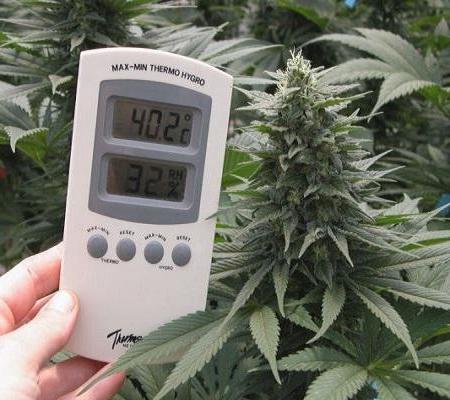
How to maintain normal performance
Humidity and room temperature must be constantly monitored. But everything is clear with the temperature - you need to hang a thermometer and observe its performance. With an excessive increase in it, you can reduce the heat supply or increase ventilation. If the temperature is below normal, then on the contrary, it is worth connecting an additional heat source.
Humidity is more difficult to measure, often we do not have hygrometers at home. Therefore, there are two ways to get out of the situation. The first - we manage with improvised methods. We install an aquarium in the room, hang the batteries with wet towels, and put cans of water next to the radiators. This will provide additional air humidification, but it is difficult to control.
If you want to be sure that the conditions in the room are optimal, then use special devices for humidifying the air. They are silent and safe. This is usually a water tank that is equipped with a micro-spray system and a small fan that blows dry air through the cloud. Some models are equipped with a hygrometer, others - with a hygrostat, which maintains a predetermined level of humidity in the room. But usually these are expensive models that are used in production.
The rate of relative humidity in the room is an important indicator that must be monitored.


